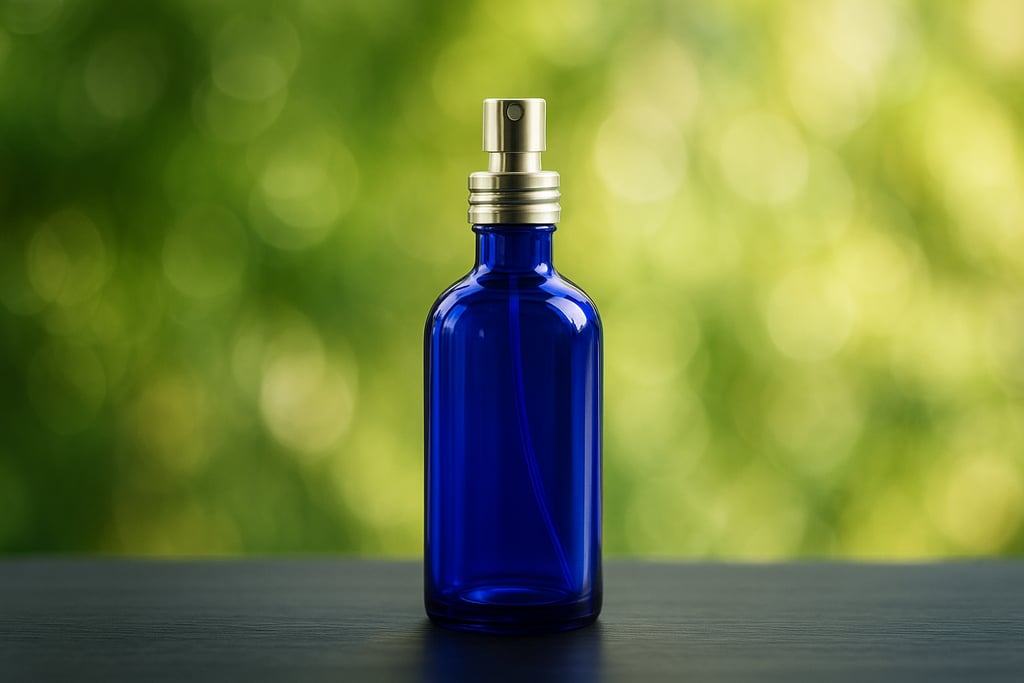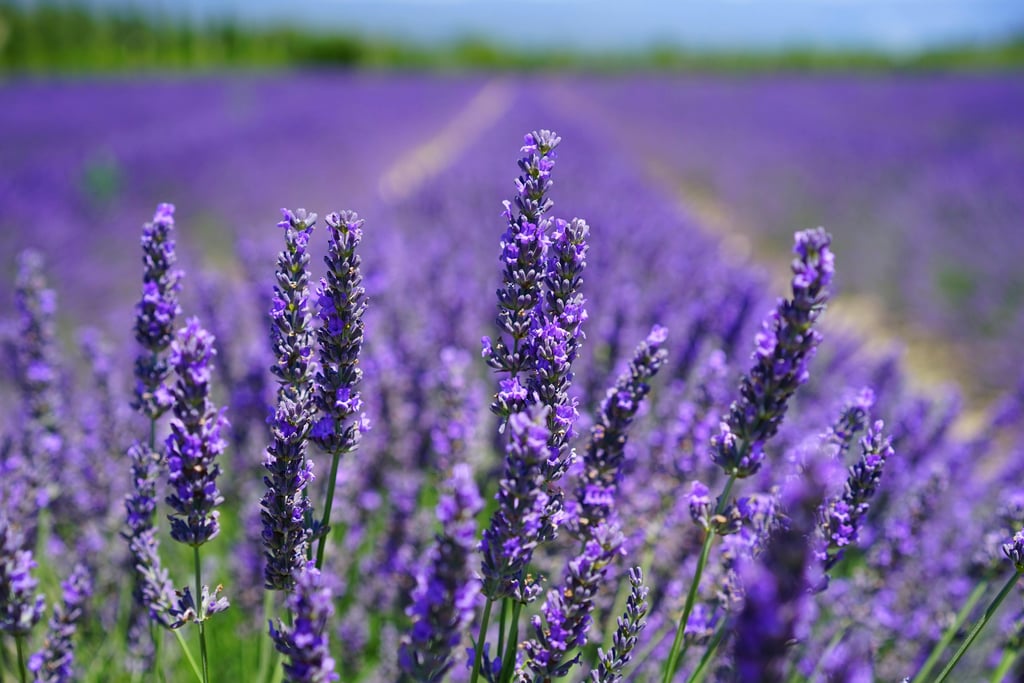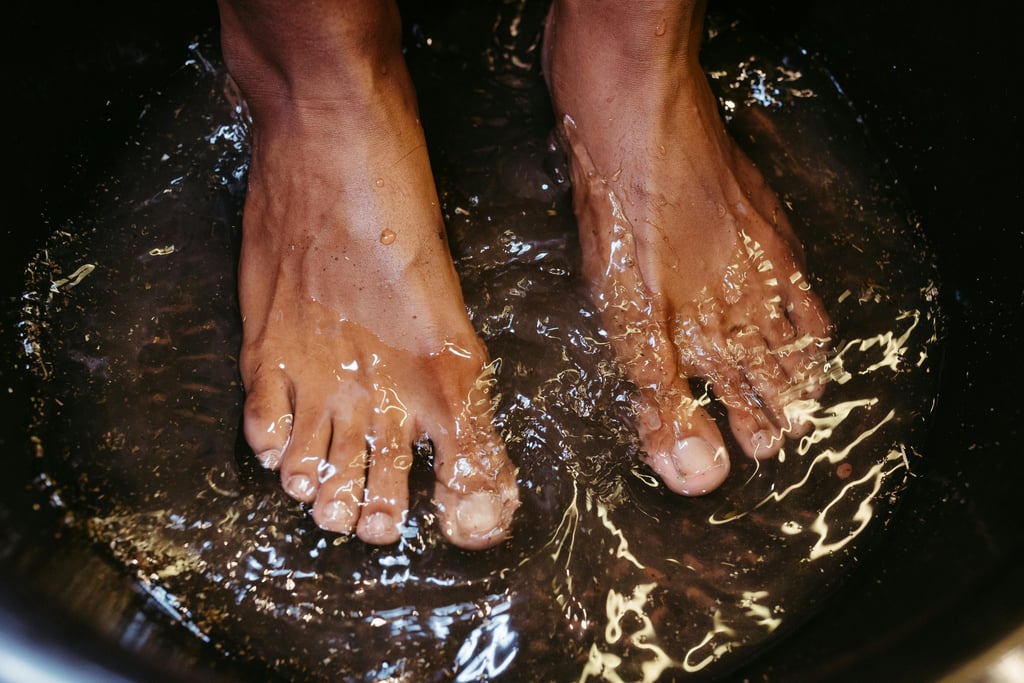Plant Hydrosols – What Are They?
Uncover the secret hidden in nature: hydrosols are a unique way to capture the essence and healing properties of plants. Learn about their history, production process, and numerous benefits.
PLANT WISDOM JOURNAL
Sigita Gyva


Discover Plant Hydrosols
If you are curious about plant hydrosols, then you have come to the right place. In this article, we explore what plant hydrosols are, their rich history, production process, and versatile uses. So, let’s dive in and uncover nature’s hidden liquid treasures.
The Magic of Plant Hydrosols
In the ethereal realm where petals dance with dewdrops, a magical elixir emerges: plant hydrosol. Imagine a delicate symphony of floral essence captured in liquid form, distilled directly from the heart of flowers and plants. Consequently, hydrosol offers a pure botanical infusion that enhances well-being and vitality.
Furthermore, in this article you will learn what hydrosols are, how their history shapes our understanding, and discover a variety of applications that celebrate their natural benefits.


Defining the Elixir
So, what exactly is this mystical elixir? A hydrosol – often called floral water – is an aromatic water that you obtain through steam distillation of plant material. It carries a delicate scent and the healing properties of the original flowers. Instead of being a by-product, hydrosol becomes a treasured extract that encapsulates nature’s power.
Etymology and Cultural Variations
American aromatherapist Jeanne Rose introduced the term 'hydrosol' to define the aqueous part of plant distillation. She explained that 'hydro' means water and 'sol' originates from 'solution'. Similarly, the Lithuanian term 'hidrolatas' reflects water and hints at the Latin 'lactea', meaning milky, since some hydrosols possess a slightly milky appearance. Moreover, various cultures refer to these distilled waters as floral or plant waters, yet their essence remains unchanged.
A Brief History of Distillation
Ancient Beginnings
The art of distillation dates back nearly 4000 BC. Archaeological discoveries continuously unveil new evidence of its ancient origins. Consequently, you appreciate that the practice of distillation goes beyond a mere physical process – it involves an energetic transformation that affects everything.
Energetic Transformation
Everything vibrates, and these vibrations influence our daily lives. When you interact with plants, you encounter their unique aura. This phenomenon, captured through Kirlian photography, shows that plants are not only alive but also intelligent. Thus, hydrosols embody both the physical and energetic properties of their botanical sources.
The art of distillation dates back nearly 4000 BC. Archaeological discoveries continue to uncover new evidence proving its ancient origins.
We cannot discuss hydrosols and their therapeutic effects without understanding the subtle world. Distillation is not just a physical process – it is also an energetic transformation. Everything is energy and vibration, and these vibrations influence us constantly, whether we realize it or not. Plants, with which we interact daily, have their own aura, observable through Kirlian photography, proving that they are alive and intelligent.


The Alchemical Perspective
Alchemists pioneered the art of distillation. They passed down their knowledge about the process and its transformative power. Their ancient wisdom tells us, “As above, so below.” In other words, celestial bodies affect plants and the distillation process alike.
The Symbolism of the Distillation Process
When you observe an alembic still, you notice that its design mirrors natural cycles. The plant transforms as it descends into the underworld and rises for purification. Consequently, the plant’s soul ascends to the celestial realm and then returns as essential oil and hydrosol. From an alchemical perspective, essential oil represents the plant’s purified soul, while hydrosol carries that essence in a vibrant, living form.
Uses of Hydrosols
Using hydrosols opens up a realm of possibilities where beauty, wellness, and sensory delight intertwine. For instance, you can use hydrosols as:
Facial Toner: Hydrosols refresh and balance your complexion. They tighten pores and hydrate the skin with a natural astringent effect.
Aromatherapy: You can mist hydrosols in your space, on your pillow, or around your workspace to uplift your mood and calm your mind.
Hair Care: Spritz hydrosols onto your hair to refresh and hydrate while leaving a subtle, lingering scent.
Room Spray: Misting hydrosols in your home eliminates stale odors and fills the air with a refreshing aroma.
Body Mist: A gentle spritz of hydrosol on your body offers instant hydration and a long-lasting floral fragrance.
DIY Skincare Ingredient: Incorporate hydrosols into homemade skincare products to enhance masks, serums, or lotions with plant-based healing.
Culinary Delight: You may even elevate your culinary creations by adding a hint of floral magic to desserts, beverages, and savory dishes.
Therapeutic Applications: Hydrosols deliver gentle therapeutic benefits, making them a safer alternative to some essential oils. However, always use high-quality, well-preserved hydrosols for these purposes.
Simple Hydrosol Recipes
Foot Soak for Tired Feet
Ingredients:
200 ml Lavender hydrosol
200 g Epsom salt
8 cups warm water
Method: Mix the ingredients in water until dissolved. Then, soak your feet for up to 15 minutes.
Hair Rinse
Ingredients:
50 ml Nettle hydrosol
50 ml Rose hydrosol
100 ml Lavender hydrosol
1 tbsp apple cider vinegar
Method: Combine the ingredients and use the mixture as a hair rinse or mist after washing to restore pH balance and nourish your hair.
Toner for Oily, Acne-Prone Skin
Ingredients:
30 ml Coriander hydrosol
30 ml Basil hydrosol
30 ml Peony or Lavender hydrosol
Method: Mix the ingredients in a 100 ml spray bottle and use the toner morning and night after cleansing.


Conclusion
Ultimately, plant hydrosols offer limitless possibilities. They represent nature’s gift – pure, enchanting, and transformative. So, embrace these liquid plant essences and embark on a journey of beauty, wellness, and sensory delight.
Visit the Manua online store and explore a wide range of hydrosols to enhance your natural beauty and wellness every day!
Disclaimer & Holistic Responsibility Statement
At Manua, we honor the deep roots of ancestral plant wisdom. Every offering shared on this platform reflects traditional herbal knowledge and our own lived experience with nature's remedies. However, it is essential to approach wellness with discernment and personal responsibility.
Our products and content are not intended to diagnose, treat, cure, or prevent any disease.
All descriptions, including uses and benefits, are provided for educational and informational purposes only, and are based on traditional uses, folk practices, and naturalist perspectives.
This offering is not a substitute for professional medical advice, diagnosis, or treatment. We do not make medical claims and we do not encourage replacing prescribed care with herbal preparations.
We strongly encourage each individual to make health decisions with intention—guided by multiple sources of information, personal experience, and the support of a trusted healthcare provider. Always consult with your physician, naturopath, or clinical herbalist if you are pregnant, breastfeeding, taking medications, or navigating a specific health condition.
Nature’s path is personal. Trust your intuition. Listen to your body. Seek wisdom where it aligns with your truth.
Gather with us in the wild web
Living closer to nature, through learning and presence.
Letters from the Wild
© 2025. All rights reserved.
